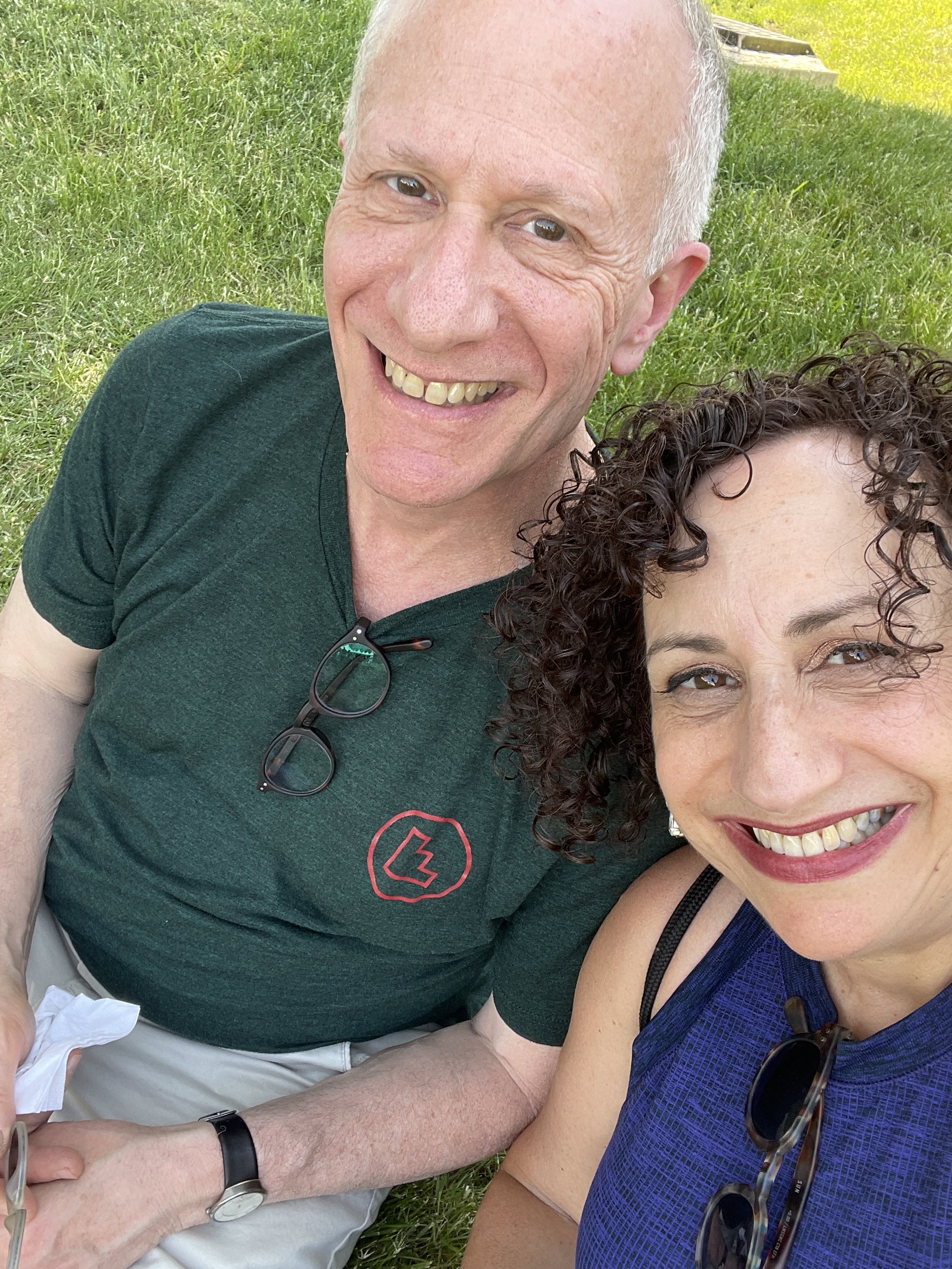Do you know Jonathan Larson’s iconic “Seasons of Love” song from the musical “Rent”? It begins with “five-hundred, twenty-five thousand, six-hundred minutes,” the number of minutes a year. He asks, “How do you measure, measure a year?” Jonathan continues with questions about how to measure a year in the life and the life of a woman or a man. Every time I hear it, this beautiful ballad reminds me of how precious time is. It brings me to tears.
Our time is limited, so what we choose to do with it and how we acknowledge and appreciate it matters.
In Happier Hour, Cassie Holmes shares several “time crafting strategies” which encourage focusing on positive experiences. She proposes that making time to do this will bring you more clarity, satisfaction, and happiness.
One strategy she learned from her friend who practices it with her kids on their car rides home from school. I encourage you to try it with your kids, partner, friends, or colleagues. You can also do this as a solo practice. I slightly modified the concept for our purpose and am sharing the three-part practice with you.
Effective Time Crafting Strategy
1. The Rose – Something Good
Share something good that happened. This immediately focuses your thoughts on the positive and encourages gratitude for the time you are in now.
2. The Thorn – Something Bad
Share something crummy that happened. This helps develop problem-solving skills and acknowledges that life isn’t only rosey. Challenges are part of life.
3. The Bud – Something Exciting
Share something you are excited about. While it’s terrific to be mindful and in the present moment, looking to the future with happy anticipation extends your joy quotient and enhances your time.
“Time passes in the blink of an eye.”
Here is an example of my rose, thorn, and bud.
Rose – I had a productive virtual organizing session with a new client and loved helping her accomplish her session goal.
Thorn – I couldn’t make it through the yoga class because I wasn’t feeling well.
Bud – I’m so excited we’re going to Turks & Caicos to celebrate our 40th Anniversary!
Time passes in the blink of an eye. Acknowledging what you are grateful for and learning from the challenges can enhance and bring clarity to your days.
Are you making time to reflect? What are your rose, thorn, and bud? I’d love to hear your thoughts and invite you to join the conversation.
Seasons of Love - RENT (2008 Broadway Cast)














